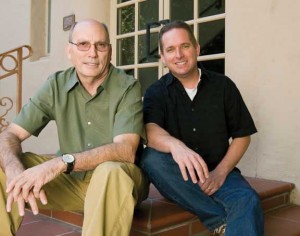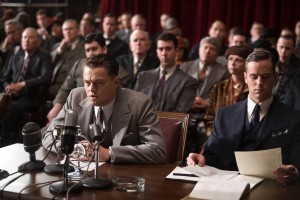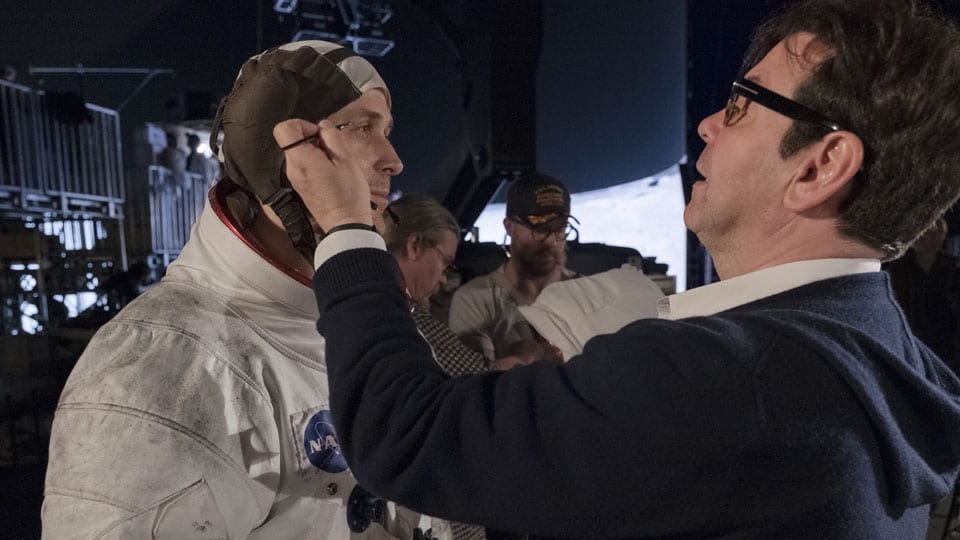
How does one collaborate with one of Hollywood’s true legends for so many years on such a wide variety of projects? Just ask Joel Cox, who has edited nearly 40 films in total and has worked with Clint Eastwood since the late 1970s. After apprenticing and assisting in the editing room on many projects, Cox ascended to the role of film editor with Eastwood and has cut all of the star and director’s most notable films of the past three decades, including their newest collaboration, J. Edgar. The Leonardo DiCaprio vehicle has garnered due acclaim for its seamless transitioning between the beginning of title character J. Edgar Hoover’s professional life as director of the Federal Bureau of Investigation, largely in the 1920s, and the last decade of his life, from the early 1960s to the early 1970s.
When watching J. Edgar, it is nearly impossible to predict when Cox is going to abruptly shift from one time period to another, and when he does so, with some 40 years or more being bridged, the change is dramatic – both DiCaprio and his key supporting cast members underwent detailed prosthetic makeups for the 1960s-1970s scenes. One remarkable sequence finds Hoover and his lifelong partner Clyde Tolson, played by Armie Hammer, together in an elevator when the period suddenly changes. “The script is laid out that way,” Cox said, “but it all works out with the timing of the end of the scene into the next scene. Transitions are the most important thing in editing the film.”

In some of the film’s cuts back and forth to and from the different eras, the only visual cue that becomes obvious to the eye is seeing either DiCaprio, Hammer, or Hoover’s longtime secretary Helen Gandy (Naomi Watts) as their naturally youthful selves or much older versions of themselves. But Cox is humbled when confronted with explaining the dynamics in the film – a first for him as well as Eastwood. “As an editor,” Cox described, “you have to have a feeling about cutting into the next scene. You can learn that because of the experience and within your heart, your spirit, and your feeling. It’s the same thing with cutting a scene.”
So, what is it like to collaborate with Eastwood in the editing room as the director’s methods are noted for being unorthodox on set? “I work for a director who allows us to create the first cut without any influence,” Cox explained. “He wants to see how we mold together the first assembly. Clint says, ‘Put it together and let’s talk about it.’ He loves to let you do stuff like that. That’s really something that an editor earns in his relationship with the director.”
Music is another aspect of filmmaking in which Cox worked in non-traditional ways in the editing room on J. Edgar. Repairing back to Cox and Eastwood’s work on Unforgiven, instead of a composer writing cues to match the film, Eastwood writes his own music in a free-form style, with Cox making it work later in the edit. “We don’t recut the picture – we recut the music,” said Cox. “We make the music work with the picture in whatever scene it’s in.”
With total reflection, Cox noted that he is working ultimately in service of Eastwood. “Every one of us that work for him are there to support him and strive to make his film be the best,” Cox said. “Technically, his films always have grade-A marks. He loves getting out there and working. We are all here to make it work.”





